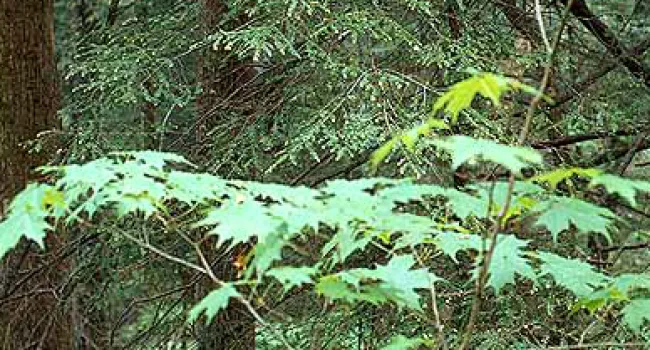
Photo
There are two main groups of trees -- coniferous trees and flowering trees. Coniferous trees generally produce seeds in cones, have needle-like leaves and are evergreen. In contrast, flowering trees...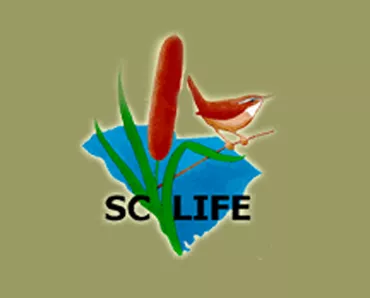
Take a virtual field trip to a South Carolina cove forest and a salt marsh. These virtual field trips were produced in collaboration between Clemson University's SC LIFE Project and South Carolina ETV. The virtual field trips were designed specifically for schools lacking easy access to natural areas.
The SC LIFE Project, supported by an award to Clemson University from the Howard Hughes Medical Institute Undergraduate Science Education Program, uses the natural history of South Carolina (and the Southeast) to illustrate basic biological concepts and to stimulate inquiry-based learning. The SC LIFE Program serves elementary, middle and high school students and teachers. The target grade level of the SC LIFE Virtual Field Trips content is middle school.
SC LIFE materials are available for use only in non-profit educational activities. Any other uses, including activities involving fees for instruction and/or materials, must receive permission from the SC LIFE Project Director. Contact SC LIFE Project Office, 132 Long Hall, Clemson, SC 29634, 864-656-4224, with questions about any of our SC LIFE materials or programs.

Photo
There are two main groups of trees -- coniferous trees and flowering trees. Coniferous trees generally produce seeds in cones, have needle-like leaves and are evergreen. In contrast, flowering trees...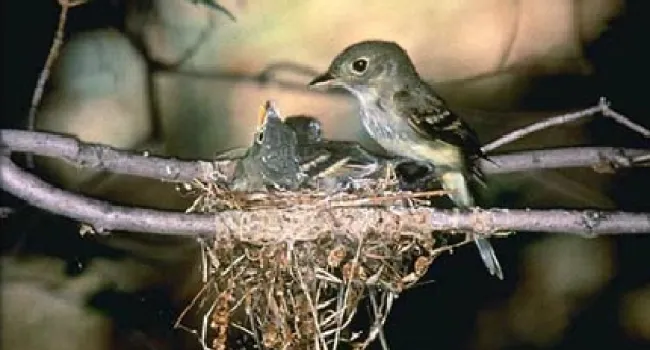
Photo
(Empidonax virescens) This flycatcher prefers deciduous forests that are associated with relatively moist habitats such as those found along rivers. High affinity for sites with high shrub densities...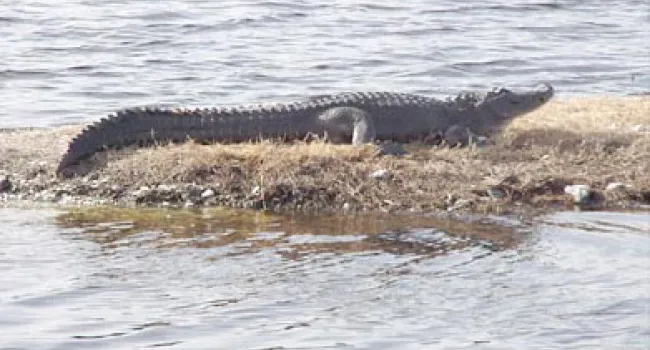
Photo
Alligators are not normally found in brackish or salt water, although they do occasionally swim there. They much prefer freshwater and must return to it to drink. They can reach 19 feet in length, but...
Photo
Several different annelids are associated with the oyster reef, but the spaghetti worm is one of the largest and most spectacular. The spaghetti worm lives in a burrow of mud that it builds among the...
Photo
(Tilia americana) A medium to large tree that frequently occurs in the understory but may also reach the canopy. The large heart-shaped leaves are finely toothed and have an asymmetrical base. The...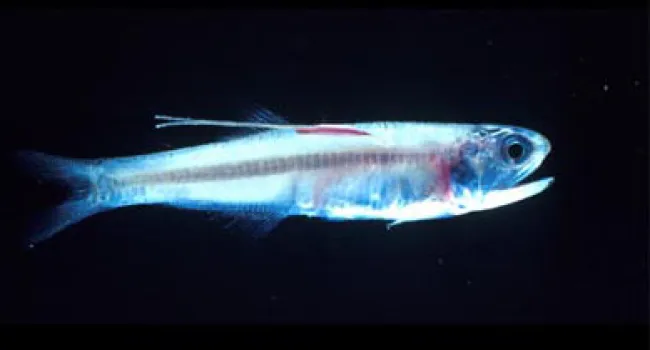
Photo
The bay anchovy is the most numerous fish in the estuaries of South Carolina. They are food to larger fish and to many birds. Anchovies are specialized to feed on plankton. They have a huge mouth and...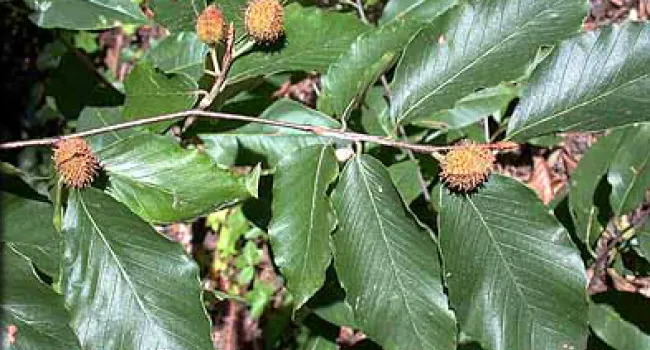
Photo
(Fagus grandifolia) The smooth gray bark, sharp-pointed buds, and papery toothed leaves make beech one of the easiest trees to identify. Because it can tolerate deep shade, individuals occur both in...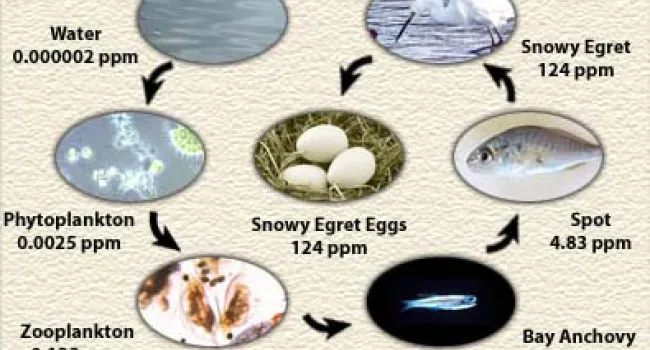
Photo
How can low levels of DDT in farm fields end up at high levels in ospreys? Several different pesticides, an example of which is DDT, can be biomagnified by the food chain. The pesticides are used to...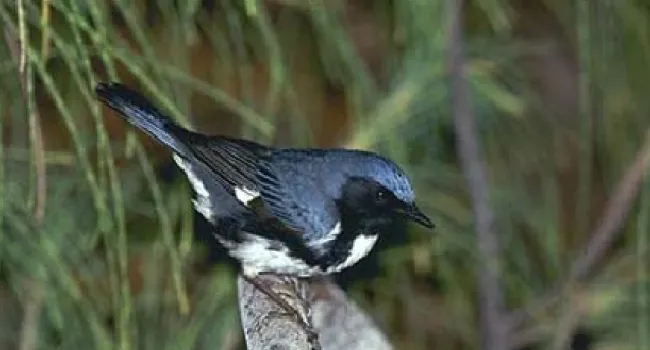
Photo
(Dendroica caerulescens) This warbler prefers to forages in the shrub layer associated with the cove forests, especially rhododendron thickets, hobble bush and mountain laurel. Has an affinity for...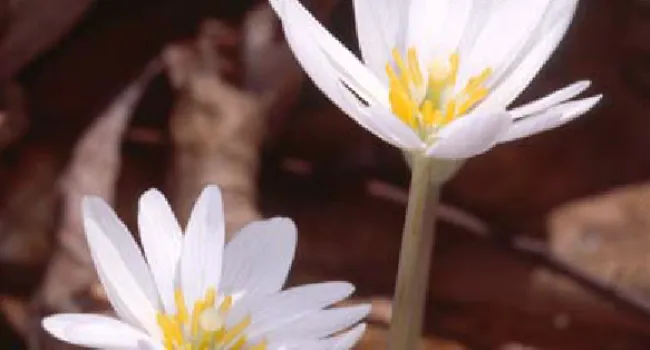
Photo
(Sanguinaria Canadensis) Bloodroot is one of the first plants to bloom in spring. Only one flower and one leaf is produced per plant. The large white flower opens in the day and closes at night. The...